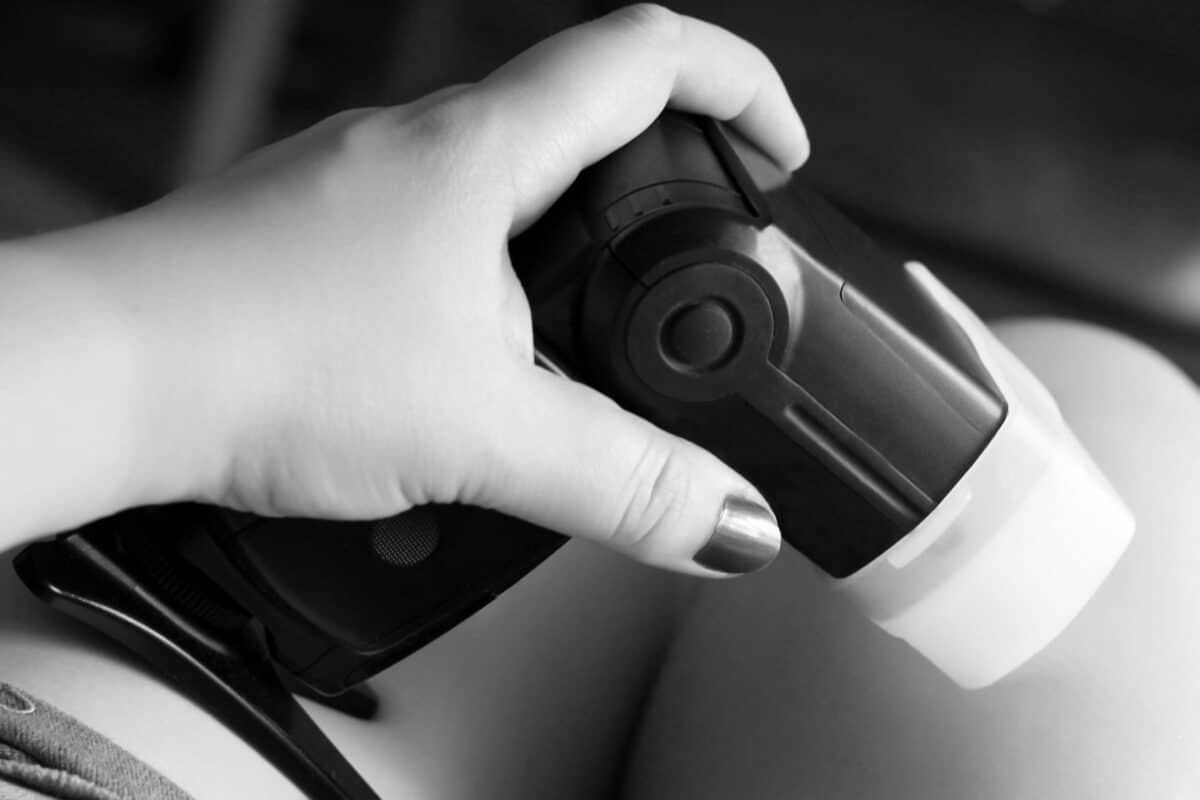There are several camera features and accessories that might be crucial to making informed photography equipment purchases but may seem insignificant to the untrained eye. A common point of confusion for all photographers at some point is whether or not they can use any flash with any camera?
External flashes are not universally compatible with all cameras. This is due to the fact that there are two popularly used types of flash: manual and TTL. Most cameras can be used manually, but many camera flashes are proprietary and on a brand by brand basis.
There are several other factors worth considering when choosing what cameras and or camera flashes are best for your purposes. In the sections below, I have outlined some handy tips to make sure that you will be able to find products that best suit your flash photography needs.
Table of Contents
Why Are Camera Flashes Not Universal?
Camera flashes that you will encounter in today’s market are not universal due to their history as proprietary products. Whether you are purchasing cameras with built-in pop-up flashes, or if you are buying a set of wireless ‘master-slave’ flashes, you will need to check what brands your model of camera works with.
On December 1st, 1992, Seiichi Yasukawa had his application for US patent number 5,168,300, the ‘TTL automatic flash device’, approved. The current holder of this patent is the Nikon Corporation office located in Tokyo.
Nikon had developed TTL flash for decades. They released cameras with TTL for commercial sale, and external flash devices immediately became divided by what hotshoes were sold in the style of Nikon’s multi-pin TTL format, and or the manual one pin hot shoes that many other brands had been using.
Ever since Nikon introduced TTL flash to the market, consumers have had to monitor what products their flashes were or were not compatible with.
One easy way to tell if an external flash device is compatible with a camera is to see if the number of pins on the hot shoes is equivalent to one another. If the pin count on the camera matches the pin count on the flash device, then, excluding certain voltage issues, it is likely the devices are compatible.
Just to be sure that people do not accidentally break their cameras or flashes by using an outdated flash with a modern camera that might destroy both devices. Most online storefronts list their products’ compatibility, just to be safe.

Compatibility Do’s and Don’ts
Distinguishing between whether the camera and flash you have purchased have compatible pins and hot shoes is an important step in not wasting photography funds.
There are, however, many other features and settings that might not be compatible with certain external flashes.
Due to the aforementioned proprietariness of camera brands’ technology, the industry has seen a number of products aiming to be alternatives to the mainstream ethos that Nikon likes to pose its TTL photography as.
As to how this informs external flash compatibility? The main takeaway from this diverse market is that you, the consumer, need to make educated decisions about alternative camera:
- Brands
- Models
- Setups
that could allow you to explore styles of photography that might serve different needs from the indoor photography that TTL flash works best with.
Popular Cameras and Flashes:
Here’s a list of some of the most popular camera/external flash products that are available:
- Canon 430 EXII Speedlite: One of Canon’s most popular flash accessories, the 430 is a comparatively inexpensive Canon Flash that has a well made metal hot shoe, quick re-cycling time, and digital menu compatibility.
- Yongnuo 4N 560 IV Wireless Remote Flash: A Yongnuo brand external camera flash that doubles as a ‘master’ device for compatible Yongnuo, Canon, Nikon, Pentax, Olympus, Fujifilm, and Panasonic wireless ‘slave’ devices. Great for its price and wide array of compatible products.
- Godox v860IIC: A slightly higher quality hot-shoe connection flash for Nikon, TTL, flash cameras. It also has the wireless master slave compatibility that the Yongnuo 560 IV has.
- Godox Xpro C: A lightweight external flash hot shoe device from Godox, that is compatible with Fujifilm cameras.
- Yongnuo yn5600-III: High end, external hot shoe flash from Yongnuo with a large digital screen designed to act as a ‘master’ flash to several distant wirelessly connected remote ‘slave’ flashes.
Features That Could Impact Flash Compatibility:
Here are some features that many customers need to consider before finalizing any flash related purchases:
- DSLR: Digital Single Lens Reflex cameras are very popular. Though bulky, they are quite popular because their design contains a mirror that directs the light that the subject reflects back at the camera into both the metering sensor and into the viewfinder, allowing the user to see exactly how the photo will look before it is taken.
- ‘AE’/’AF’ Locks: Auto exposure and or auto focus locks are buttons found commonly throughout most cameras that lock focus, exposure, and lighting settings. Obviously, if your AE or AF locks are on and you are expecting your flash to auto adjust anything, then your flash will not work as you expect it to.
Rolling shutters and Global Shutters
Many DSLR cameras use a type of shutter called a rolling shutter. Rolling shutters have their name as the two pieces of the shutter ‘roll’ downwards, over the film, exposing it to the subject at the photographer’s preferred speed.
Contrastingly, many digital, compact, or non-DSLR cameras feature a design called ‘global shutters’.
Photographers choose between the two styles of shuttering based on how the pros and cons of each type of shutter might impact their work. Rolling shutters are better for indoor photography and photo ops that might allow time for some more professional lighting.
The downside to rolling shutters is the fact that if you don’t have time to set up your flashes, then your photos might suffer from something known as wobble.
Wobble in an image is when the subject is moving, so the photo warps to unrealistic proportions. Digital cameras, on the other hand, can suffer from pixelated motion blur.
Regardless of what type of shuttering your camera uses, you can not expect flashes designed for these different products to work the same way.
Many external flashes made for older, DSLR, rolling shutter cameras are made to work in the style of TTL flash for a specific camera model. This means that they are not compatible with many digital, globally shuttering, or wireless flashes.
Many wireless-control styles of flash are incompatible with certain older generations of DSLR cameras that might not be wireless or have the metering sensor of TTL technology that would otherwise trigger its flash based on ambient light.
The Final Flash
Shopping for photography equipment can be hard, and not knowing if you are buying the right product can make it harder.
It can be very easy, in situations where perhaps a camera was gifted, or purchased on a whim, to make the wrong call when buying a flash for your camera. When shopping for cameras and flashes, it is essential to know your specifications.
Thankfully, most distributors list what their products are or not compatible with in their product descriptions. If their storefront doesn’t list your flashes compatibility, then just remember to count the number of pins on your hotshoes.
It might be a lot of information just to light your photographs correctly but if you want to make sure that your photography equipment is well budgeted and your photos well coveted, then you need to make sure your equipment’s’ hotshoes are well inspected.

